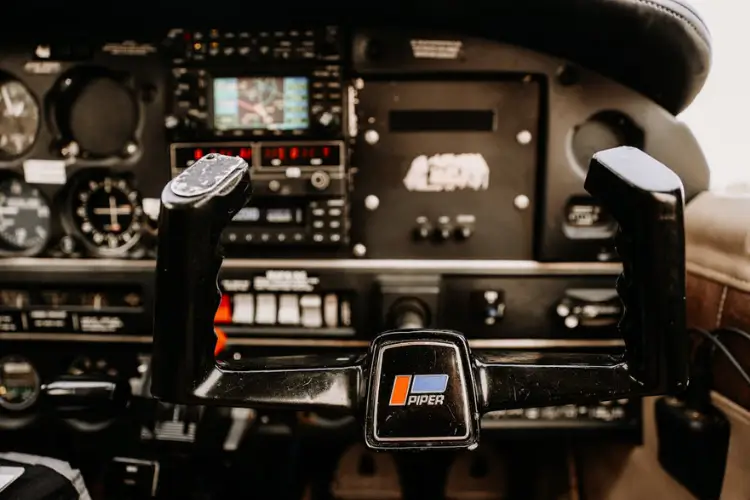Aircraft maintenance forms the backbone of aviation safety protocols worldwide. Unlike automotive failures that typically result in roadside inconvenience, aircraft system malfunctions carry potentially catastrophic consequences. Behind each successful flight exists an invisible infrastructure of inspection regimens, component replacements, and rigorous testing procedures. This examination delves into essential maintenance practices sustaining modern aviation, from routine pre-flight inspections through major structural overhauls extending airframe service life decades beyond original design parameters.
Daily Inspections and Pre-Flight Checks
Aircraft operations begin with methodical pre-flight inspections conducted according to manufacturer-specific checklists. Ground crews perform exterior walkarounds, revealing issues impossible to detect from flight deck positions. Maintenance personnel examine control surfaces for unrestricted movement patterns, inspect tires for proper inflation values and tread conditions, and scrutinize engine nacelles for fluid leaks or component security. Technicians evaluate fuselage panels for structural integrity while assessing landing gear mechanisms for hydraulic seepage or irregularities. These seemingly basic visual assessments prevent countless incidents through the early identification of developing problems.
Functional testing complements visual inspection procedures prior to flight release authorization. Maintenance staff verify navigation light operation, confirm pitot heating system functionality, and test emergency equipment readiness according to strict protocols. Flight crews subsequently perform independent verification checks, creating deliberate redundancy within the safety framework. This layered approach compensates for human observational limitations while establishing multiple opportunities for anomaly detection. The structured relationship between maintenance departments and flight operations personnel establishes aviation’s remarkable safety statistics through systematic cross-verification procedures and complementary skill applications.
Scheduled Maintenance Intervals
Commercial aircraft undergo mandated maintenance based on flight hour accumulation, cycle counts, or calendar intervals—whichever threshold occurs first. These maintenance points follow manufacturer-established guidelines developed through extensive testing programs and operational performance data. A-checks typically occur after 500-800 flight hours, concentrating on accessible systems, fluid level verification, and basic functional testing. These relatively brief maintenance events generally require 10-24 hours of ground time but identify developing issues before operational impact occurs. A-checks resemble comprehensive physical examinations, establishing baseline comparisons revealing subtle system deviations.
B-checks and C-checks involve progressively invasive inspection protocols requiring substantial component removal and system disassembly. During these extended maintenance periods, technicians replace components approaching wear limitations rather than awaiting failure conditions. Maintenance staff conduct loaded electrical system testing, verify emergency equipment functionality, and inspect normally concealed areas. Aircraft battery systems, like the Gill 7639-30LT, play a crucial role in engine starting, backup power, and emergency systems, making their regular inspection vital. These batteries are designed to withstand extreme operational conditions, providing reliable power even during critical in-flight electrical failures. Comprehensive inspections assess charge retention, physical integrity, and terminal connections to ensure peak performance, aligning with the industry’s preventive maintenance philosophy.
Component Replacement Cycles
Aviation components operate under strict replacement schedules unrelated to apparent condition status. Engine parts face particularly stringent timeline constraints, with many critical components replaced after specific hour accumulations regardless of observable wear patterns. This conservative approach acknowledges that internal deterioration frequently remains undetectable until catastrophic failure occurs. Component manufacturing includes extensive material analysis, with production batches undergoing destructive testing, establishing operational limitations. The resulting safety margins incorporate substantial redundancy, ensuring components exit service substantially before reaching actual failure thresholds.
Non-engine systems adhere to similarly conservative replacement protocols. Hydraulic lines, electrical harnesses, fuel delivery components, and control cables face mandatory retirement schedules irrespective of visible condition. This methodology recognizes that microscopic stress fractures, internal corrosion development, and material fatigue remain undetectable during standard inspection procedures. Component replacement before functional failure represents prudent risk management rather than excessive caution. These established cycles explain aviation component cost structures compared with visually similar automotive parts. Documentation requirements trace component history from production through installation, establishing accountability throughout supply chains while preventing unapproved parts from entering service.
Major Overhauls and Modernization
D-checks represent aviation maintenance culmination, essentially rebuilding aircraft from structural frameworks outward. These comprehensive overhauls occur approximately every 6-10 years, requiring extensive specialized workforce engagement lasting weeks or months. Maintenance facilities remove interior components, extract propulsion systems, and disassemble primary structures for detailed inspection. Technicians evaluate electrical harnesses, test hydraulic assemblies, and inspect structural members for corrosion evidence or fatigue indicators. Major overhauls frequently coincide with modernization initiatives upgrading avionics capabilities, passenger amenities, and safety systems. D-check thoroughness explains commercial aircraft operational longevity spanning 25-30 years despite demanding utilization schedules.
Beyond scheduled overhauls, aircraft undergo significant mid-lifecycle updates extending service parameters beyond initial design expectations. Modernization programs replace analog instrumentation with digital equivalents, enhance navigation capabilities, and incorporate safety improvements developed post-manufacture. Combined maintenance rigor and periodic technological integration explain military aircraft operational spans frequently exceeding 40-50 years, durations inconceivable within automotive contexts. While ground vehicles typically reach retirement age after 15-20 service years, properly maintained aircraft operate safely for five decades or longer. This exceptional longevity demonstrates aviation’s uncompromising maintenance standards and fundamental engineering integrity inherent within these complex machines.
Conclusion
Aircraft maintenance represents industrial civilization’s most sophisticated reliability management system. Overlapping inspection requirements, conservative component replacement schedules, and comprehensive documentation requirements generate safety performance statistics that other transportation sectors cannot approach. While maintenance intensity drives operational costs beyond alternative transportation modes, the value proposition emerges through unmatched safety performance.




